Sperm chromatin structure and reproductive fitness are altered by substitution of a single amino acid in mouse protamine 1
- PMID: 37460896
- PMCID: PMC10833441
- DOI: 10.1038/s41594-023-01033-4
Sperm chromatin structure and reproductive fitness are altered by substitution of a single amino acid in mouse protamine 1
Abstract
Conventional dogma presumes that protamine-mediated DNA compaction in sperm is achieved by electrostatic interactions between DNA and the arginine-rich core of protamines. Phylogenetic analysis reveals several non-arginine residues conserved within, but not across species. The significance of these residues and their post-translational modifications are poorly understood. Here, we investigated the role of K49, a rodent-specific lysine residue in protamine 1 (P1) that is acetylated early in spermiogenesis and retained in sperm. In sperm, alanine substitution (P1(K49A)) decreases sperm motility and male fertility-defects that are not rescued by arginine substitution (P1(K49R)). In zygotes, P1(K49A) leads to premature male pronuclear decompaction, altered DNA replication, and embryonic arrest. In vitro, P1(K49A) decreases protamine-DNA binding and alters DNA compaction and decompaction kinetics. Hence, a single amino acid substitution outside the P1 arginine core is sufficient to profoundly alter protein function and developmental outcomes, suggesting that protamine non-arginine residues are essential for reproductive fitness.
© 2023. The Author(s), under exclusive licence to Springer Nature America, Inc.
Conflict of interest statement
Competing interests
The authors have no competing interests.
Figures
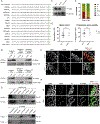

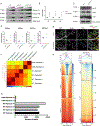
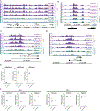


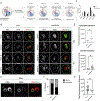


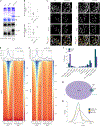
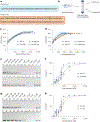
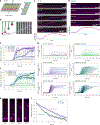
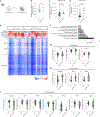
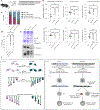
References
Publication types
MeSH terms
Substances
Grants and funding
- R21 HD113812/HD/NICHD NIH HHS/United States
- T32 GM007310/GM/NIGMS NIH HHS/United States
- DP2 HD091949/HD/NICHD NIH HHS/United States
- R35 GM147477/GM/NIGMS NIH HHS/United States
- R01 GM120094/GM/NIGMS NIH HHS/United States
- R03 HD101501/HD/NICHD NIH HHS/United States
- K12 HD065257/HD/NICHD NIH HHS/United States
- T32 GM007315/GM/NIGMS NIH HHS/United States
- R35 GM137832/GM/NIGMS NIH HHS/United States
- R01 GM148028/GM/NIGMS NIH HHS/United States
- P41 GM108569/GM/NIGMS NIH HHS/United States
- R01 HD113274/HD/NICHD NIH HHS/United States
- R01 AG050509/AG/NIA NIH HHS/United States
- R21 HD090371/HD/NICHD NIH HHS/United States
- R01 HD104680/HD/NICHD NIH HHS/United States
- R01 HD114311/HD/NICHD NIH HHS/United States
- R35 GM149546/GM/NIGMS NIH HHS/United States

